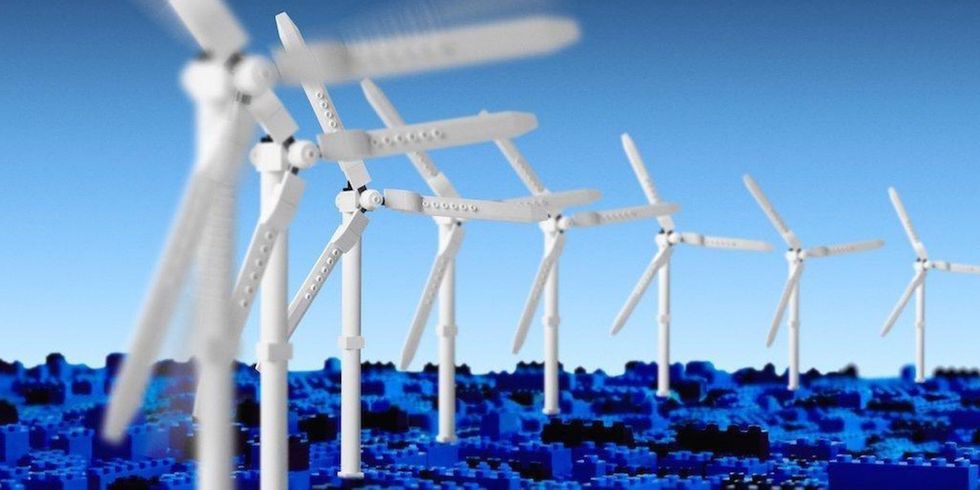Source: ecowatch.com
Published: July 31, 2017

Fresh after meeting its 100 percent renewable energy milestone, LEGO is making progress towards its 2030 goal of replacing 20 types of its traditional, petroleum-based bricks with sustainable alternatives.
Quartz reports that the 84-year-old Danish toymaker is experimenting with bioplastics, which is made from plants or other biodegradable materials.
The biggest challenge is finding a substitute material with the same durability, functionality and look of the brand’s iconic, interlocking plastic bricks.
“I’m about to pass on the LEGO bricks I played with as a child and the bricks my dad passed down to me to my son,” Tim Brooks, vice president of environmental responsibility for the LEGO Group, told the publication. “We know LEGO bricks are often passed down through generations—making it so important that the sustainable materials chosen for our products be extremely durable.”
One option is a brick made of wheat sugar, but testers considered it “dull and flat” compared to LEGO’s conventional, shiny blocks, according to Quartz.
In 2015, LEGO announced its investment of DKK 1 billion ($155 million) to establish a Sustainable Materials Center to find and implement sustainable alternatives to current materials in order to reduce its environmental footprint.
Brooks, who oversees the center, relayed his confidence that LEGO will one day find the ideal, bio-based materials.
“We know that making bricks has an impact on the planet, and we want it to be a positive one,” he said.
LEGO’s reported criteria for replacement plastics are: no undesirable chemicals; sustainably sourced and manufactured feedstock (aka, the raw materials); and minimum waste.
